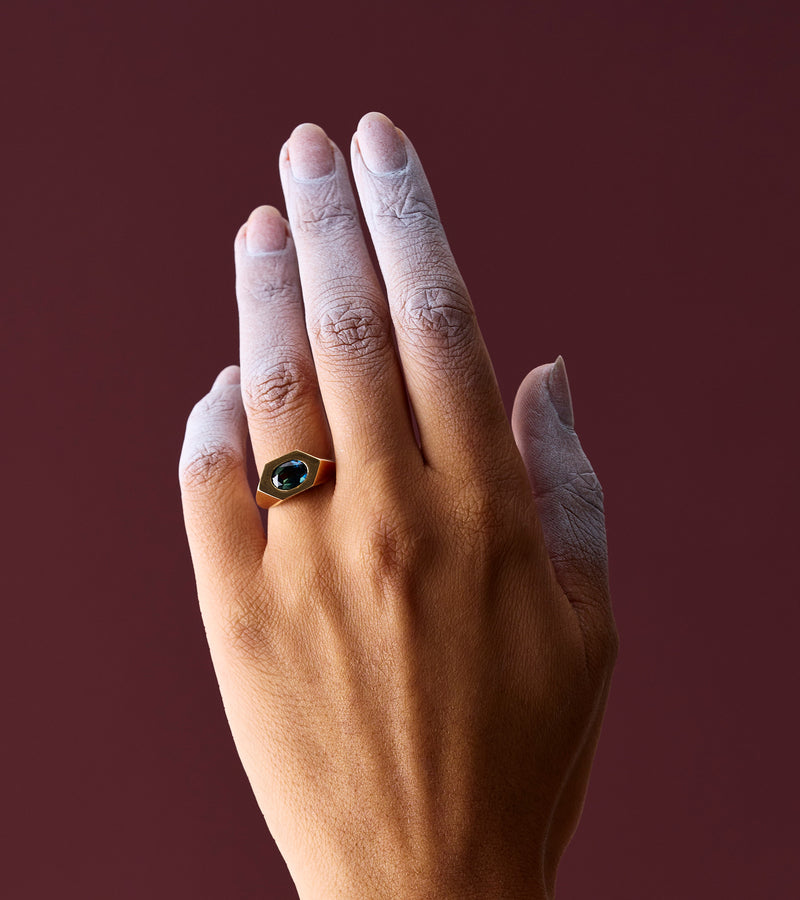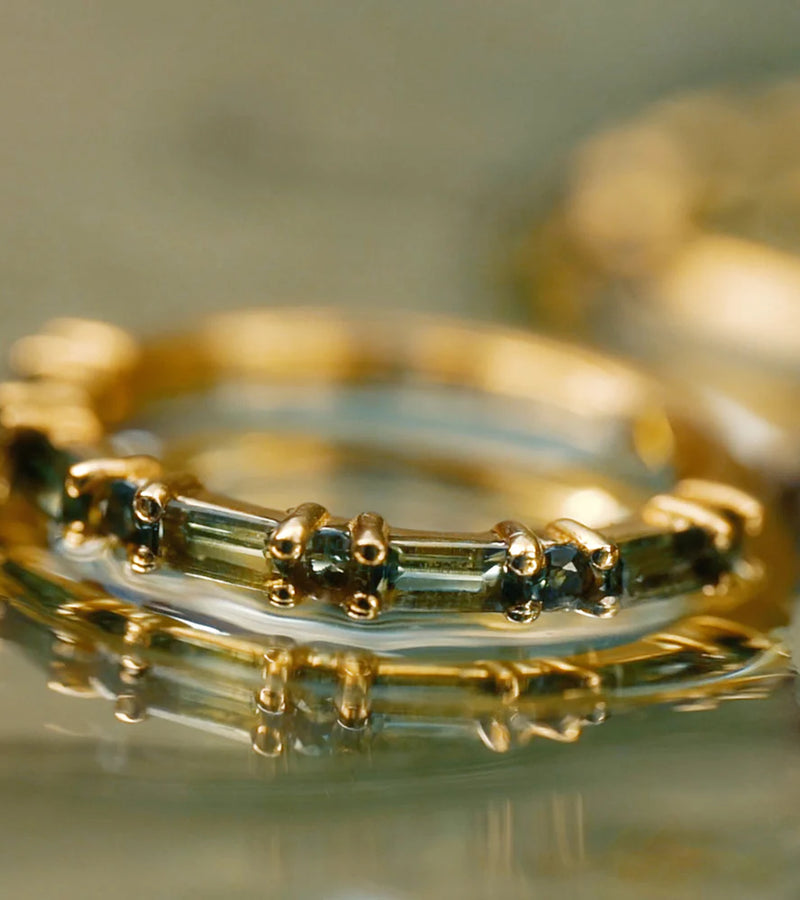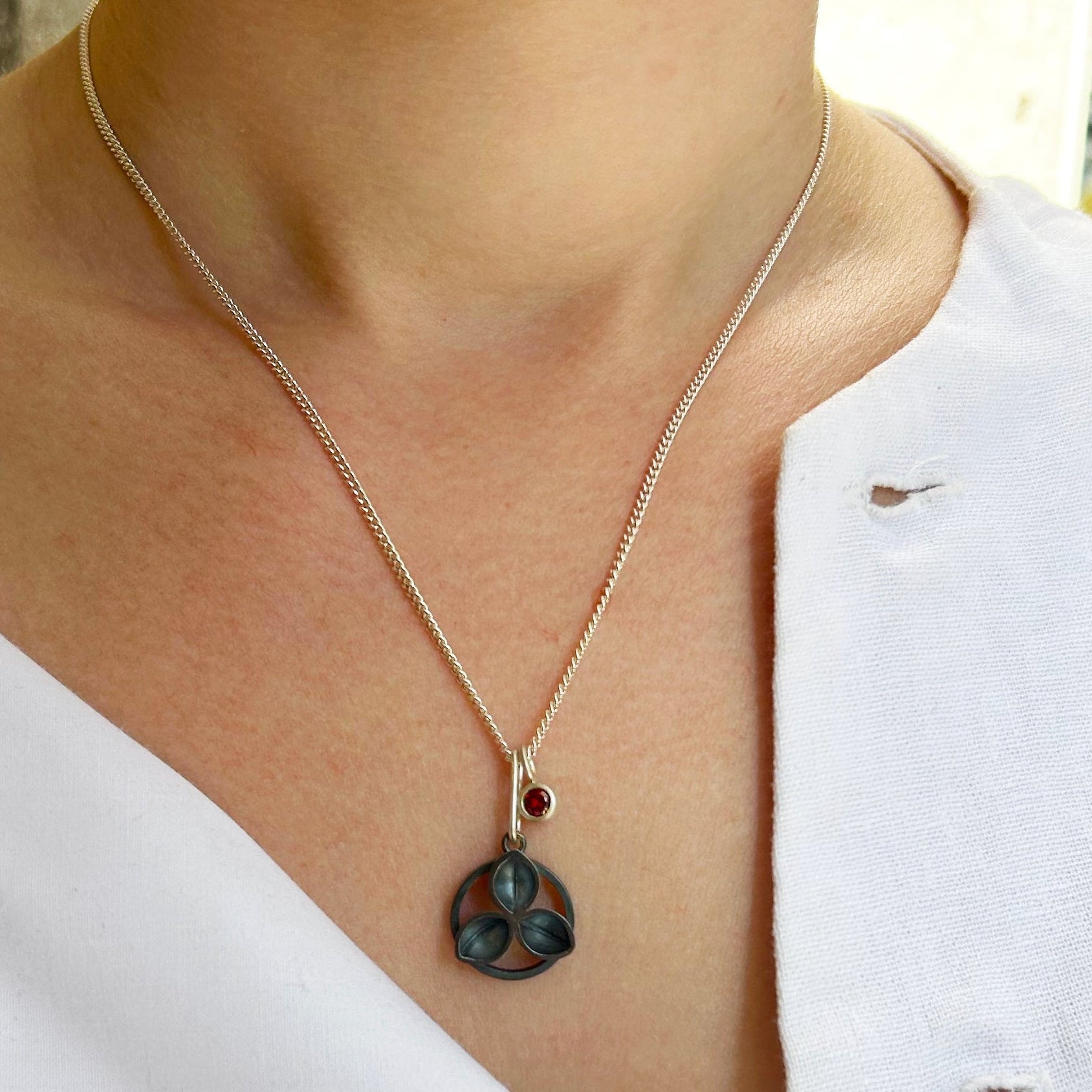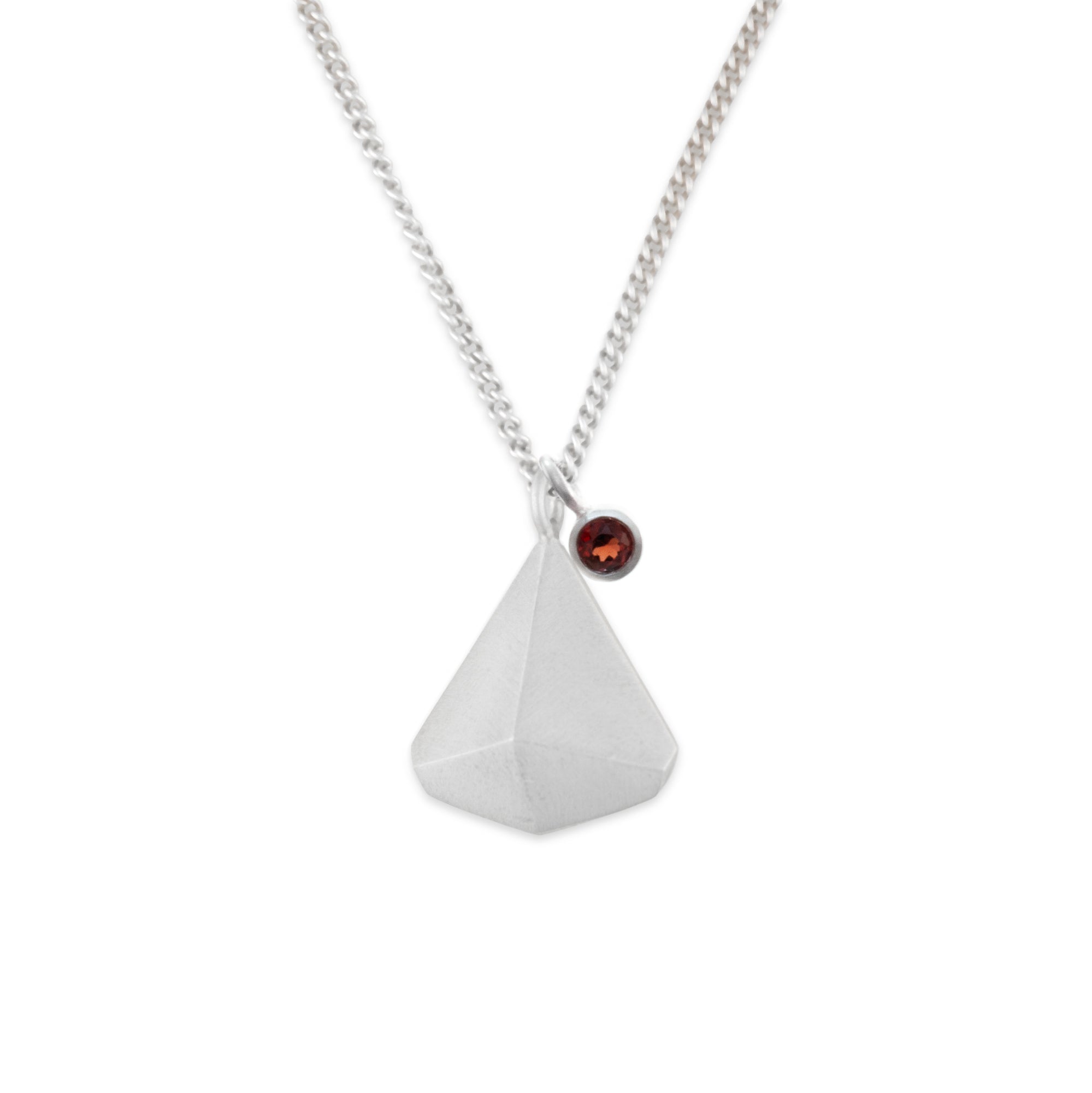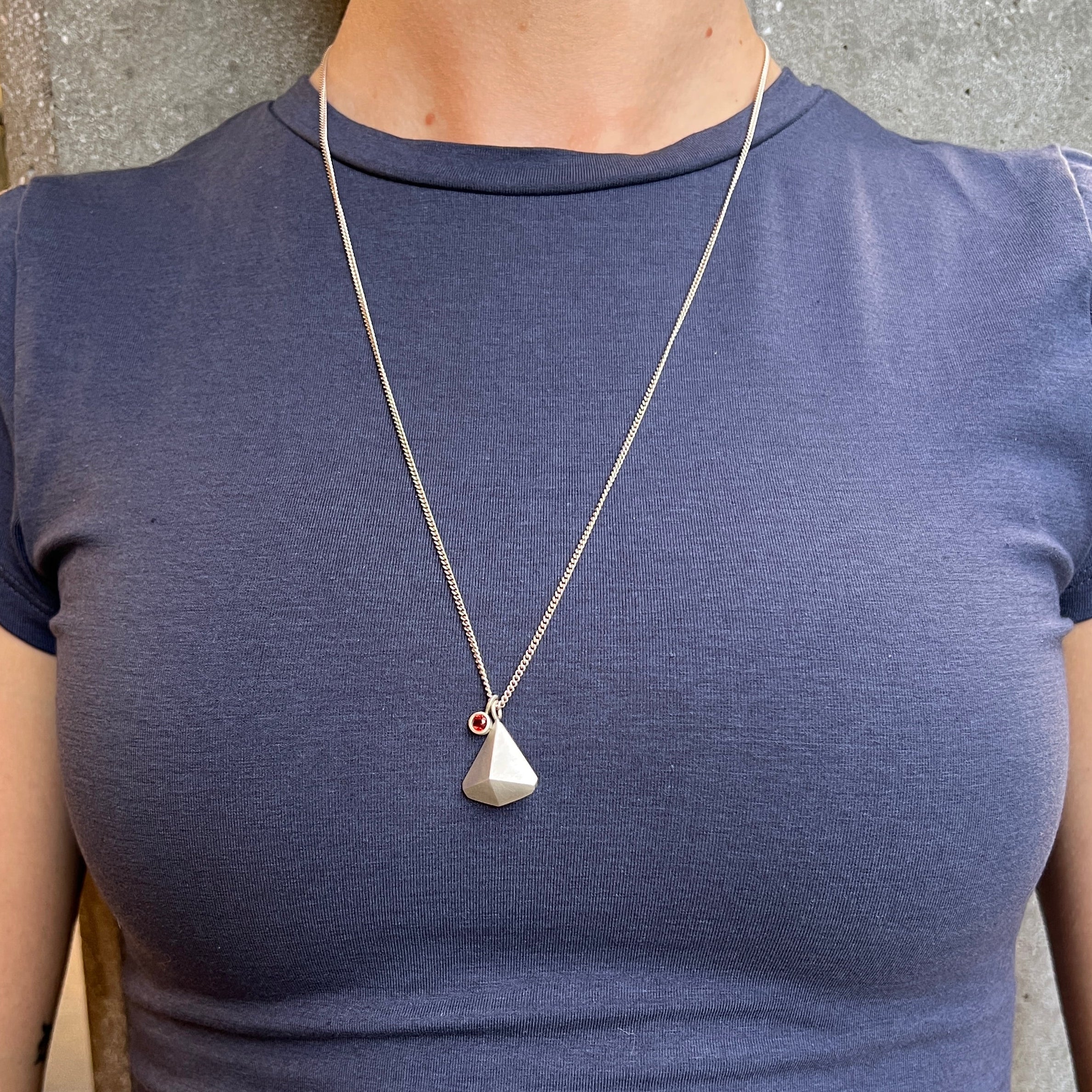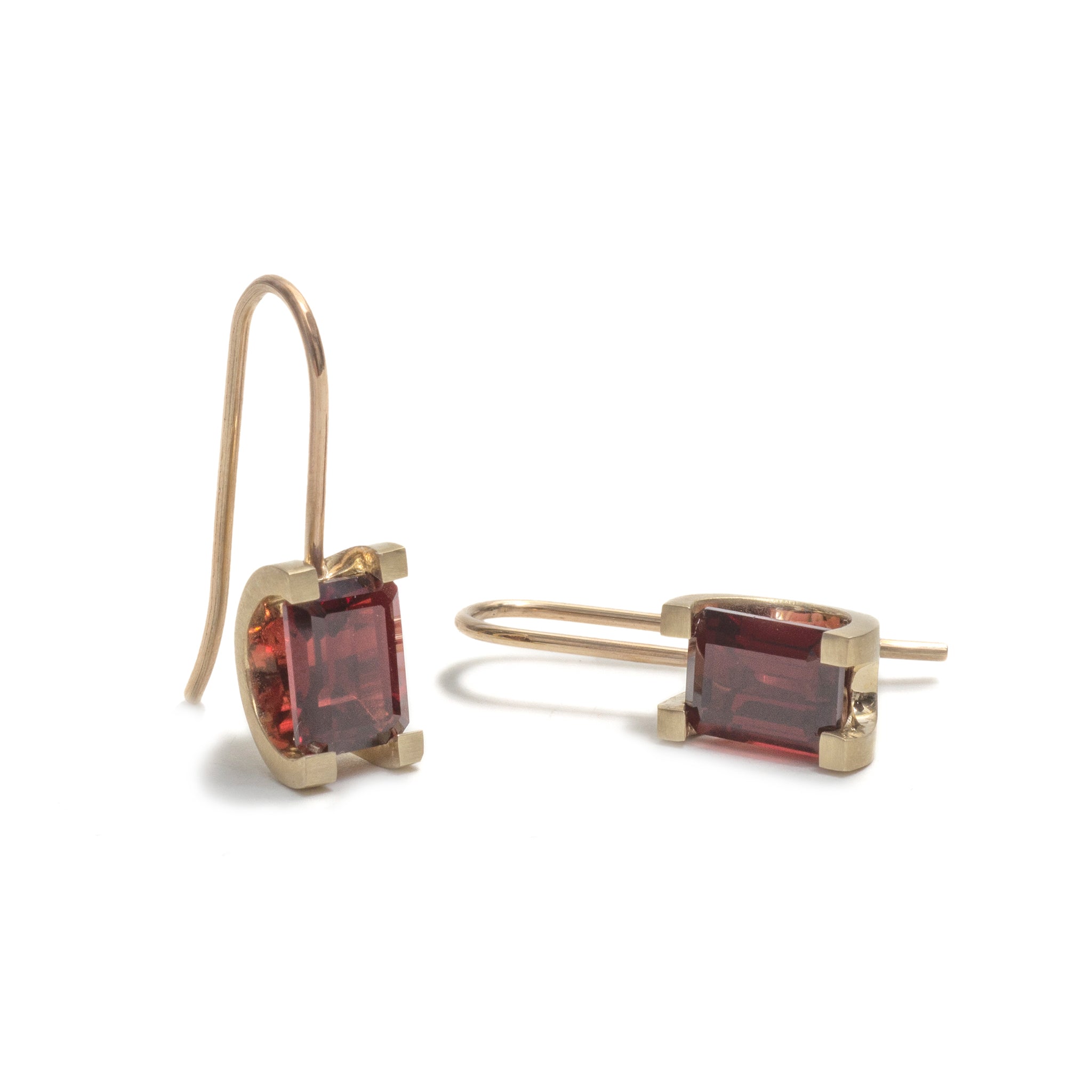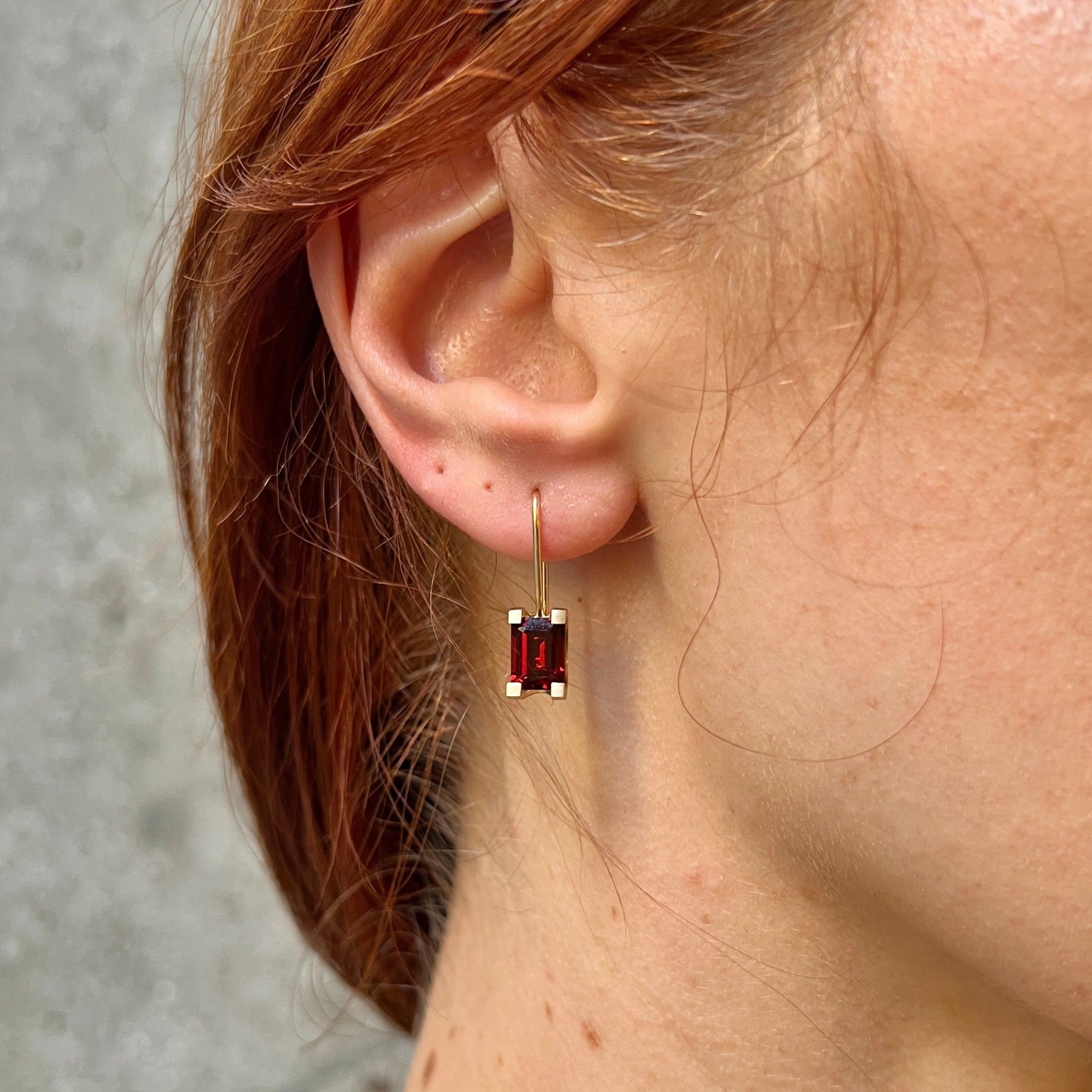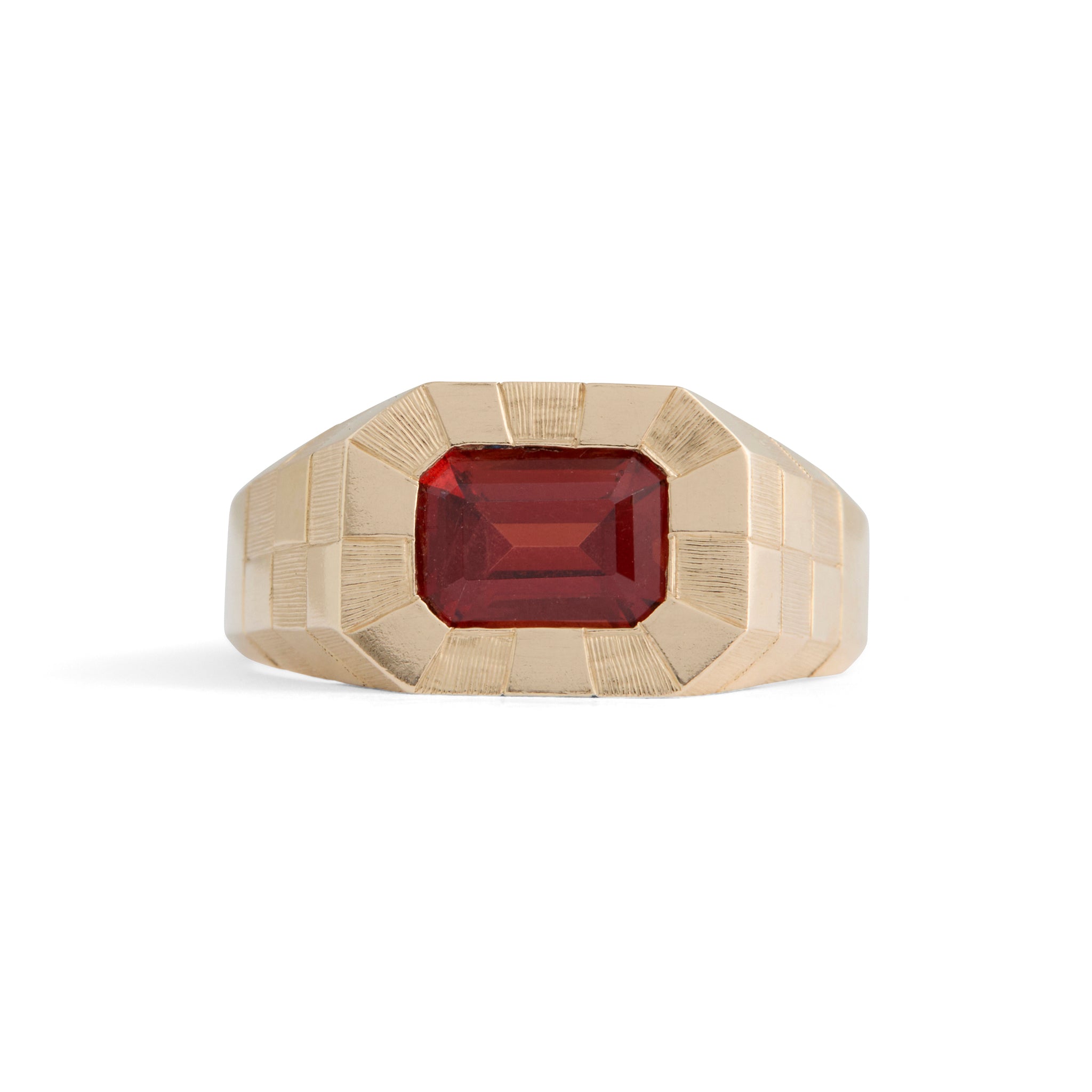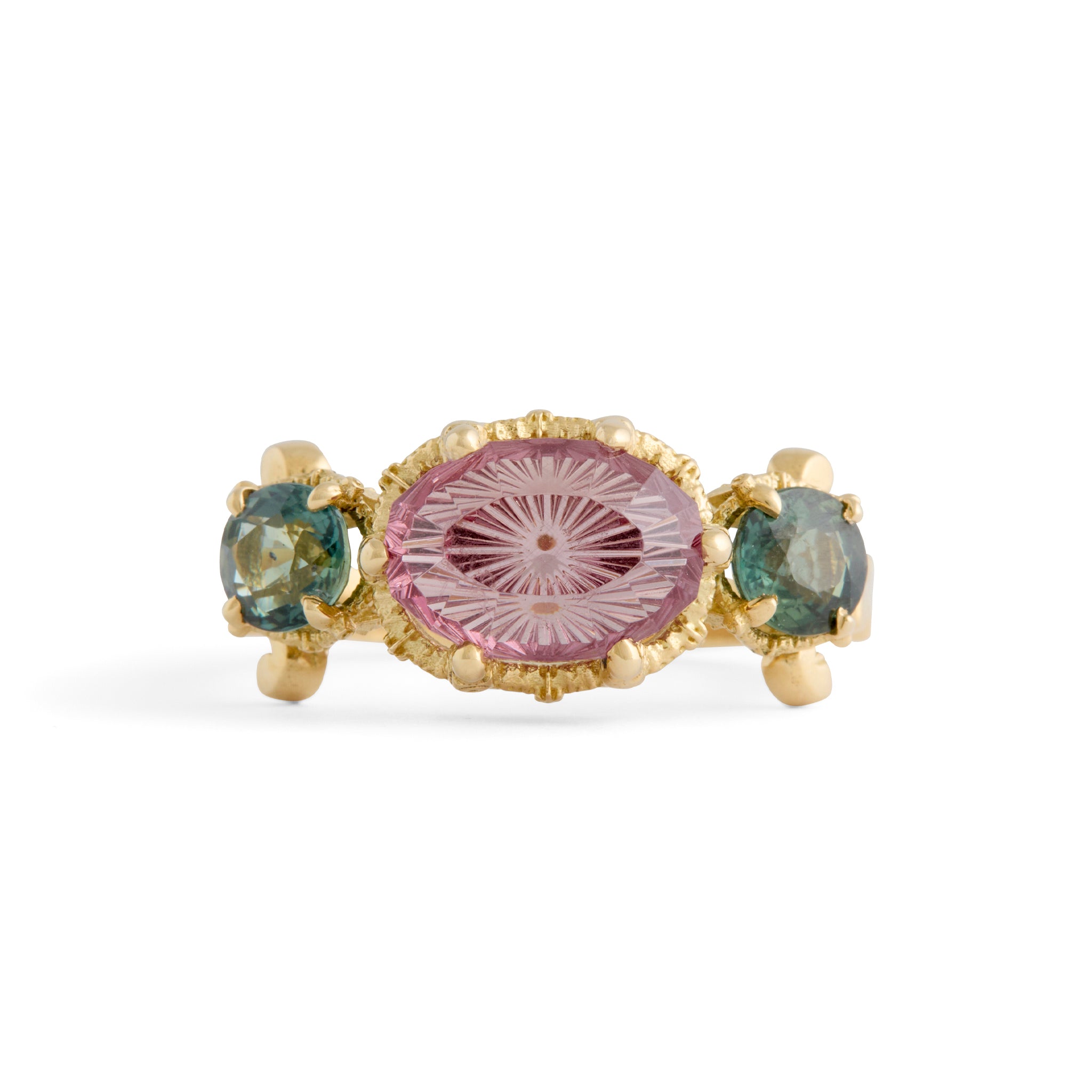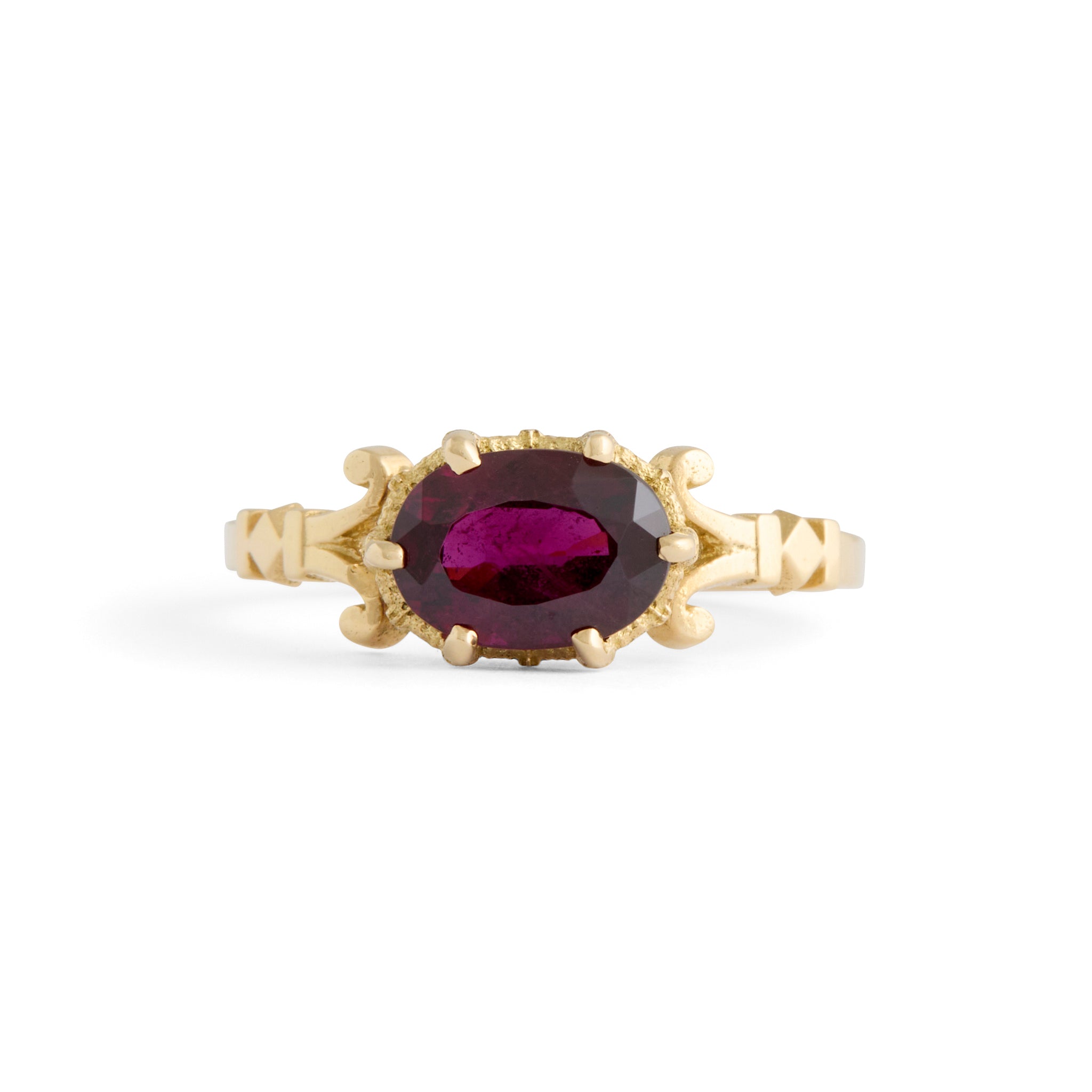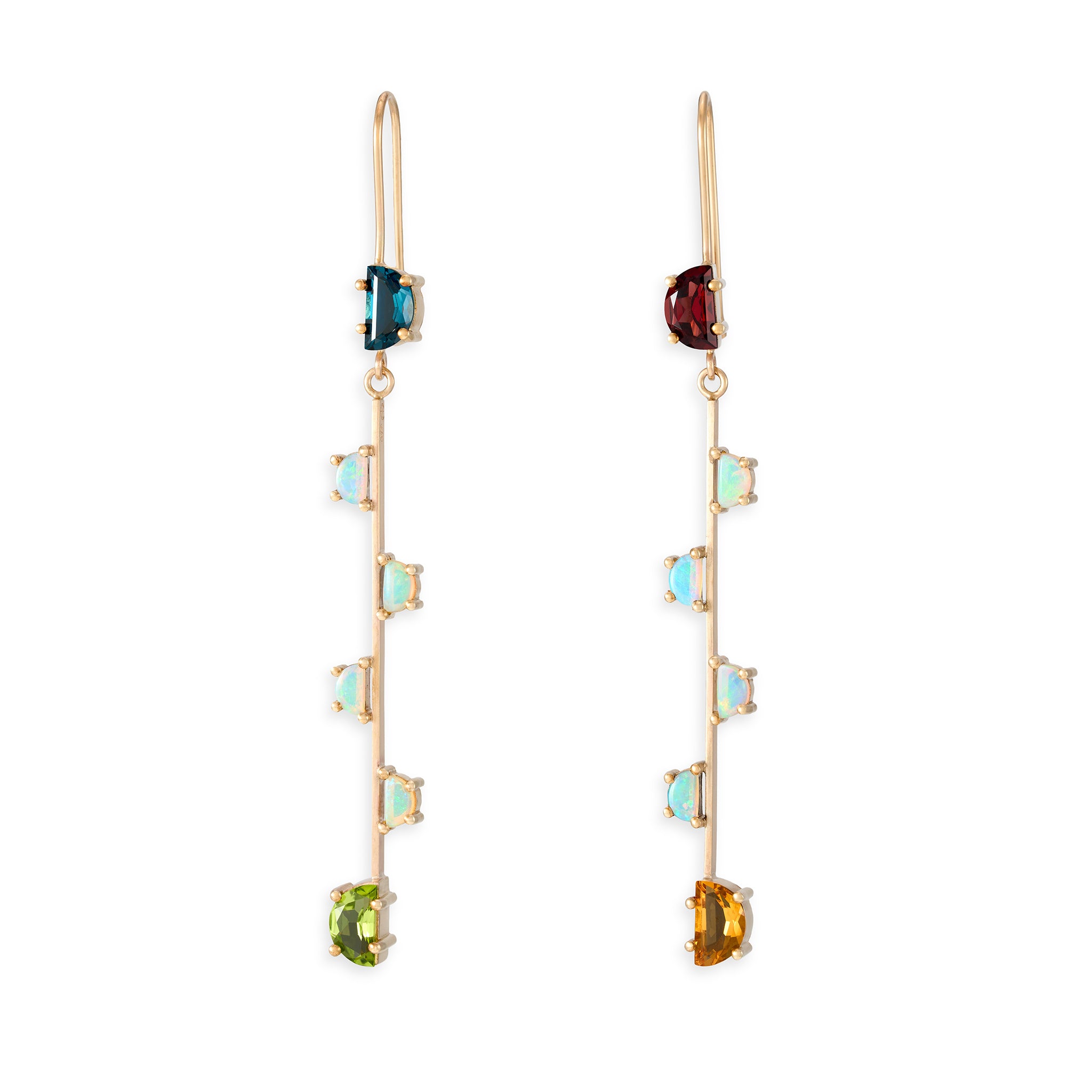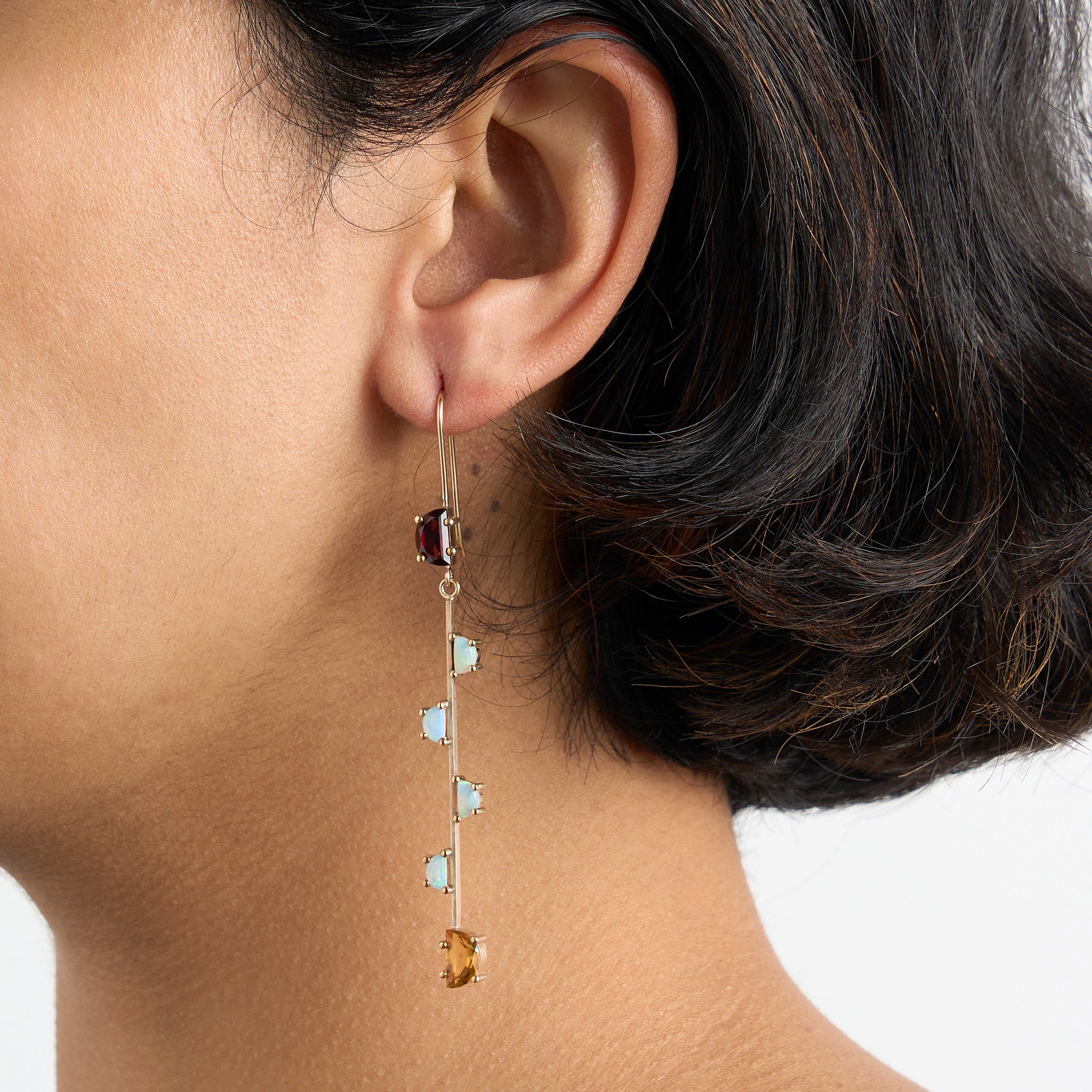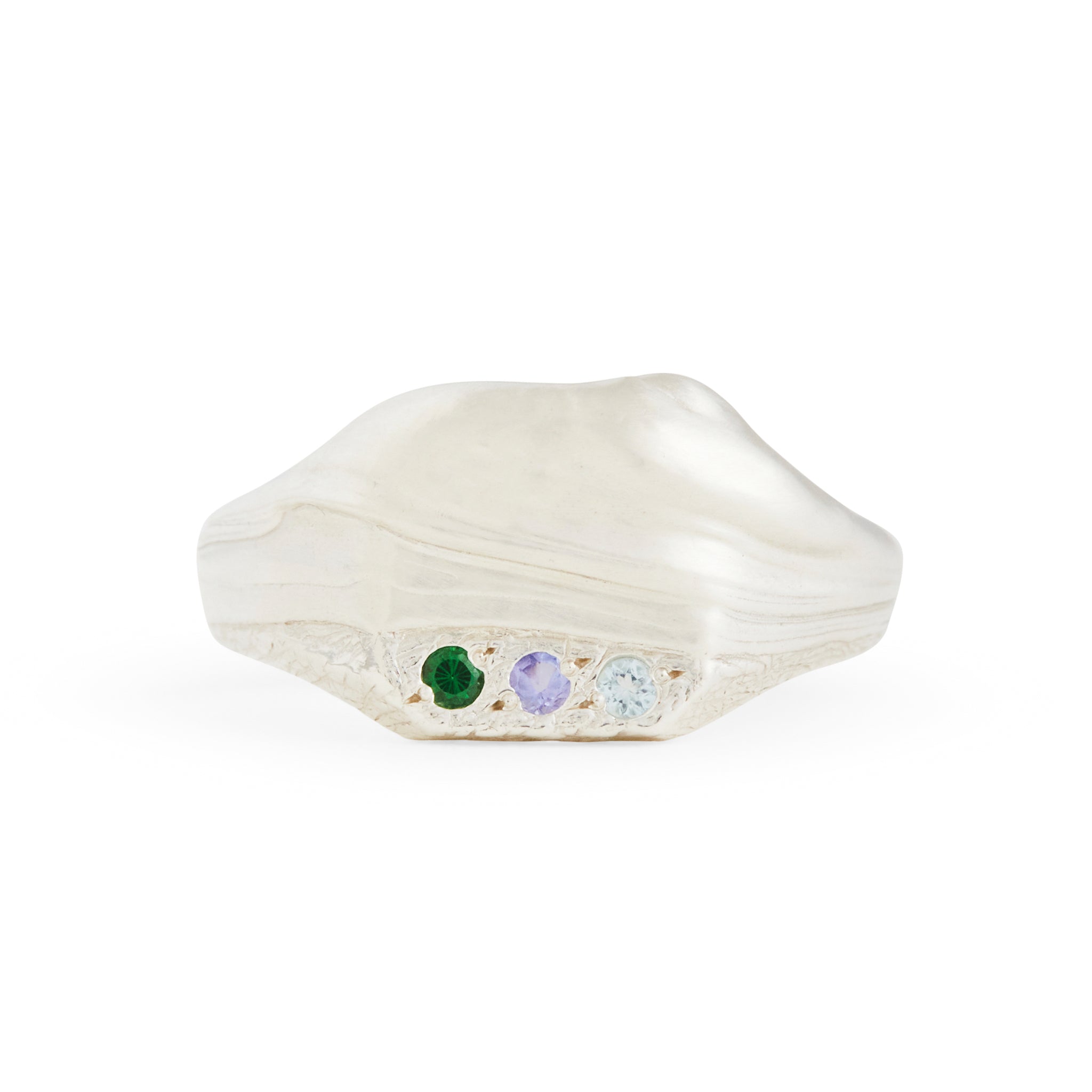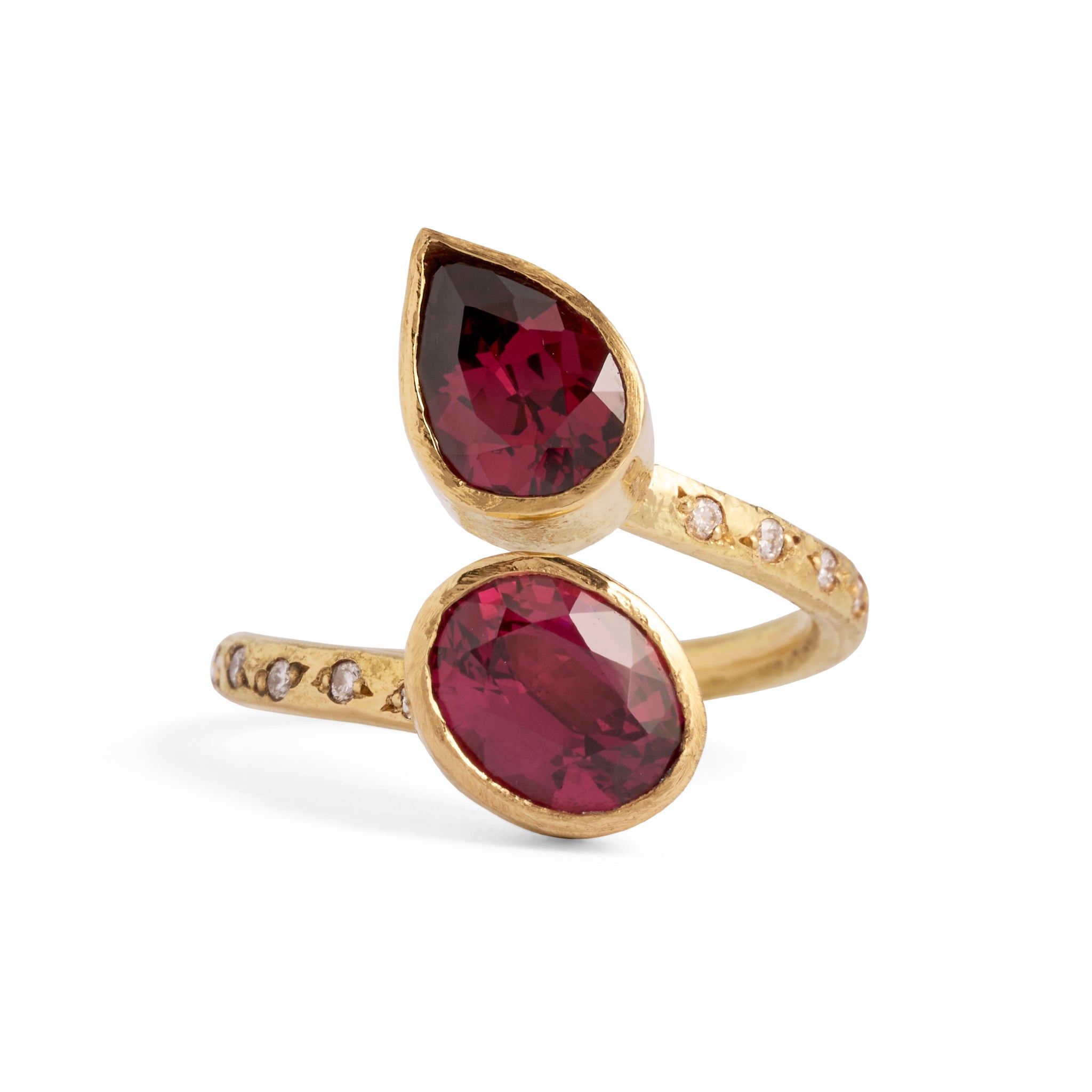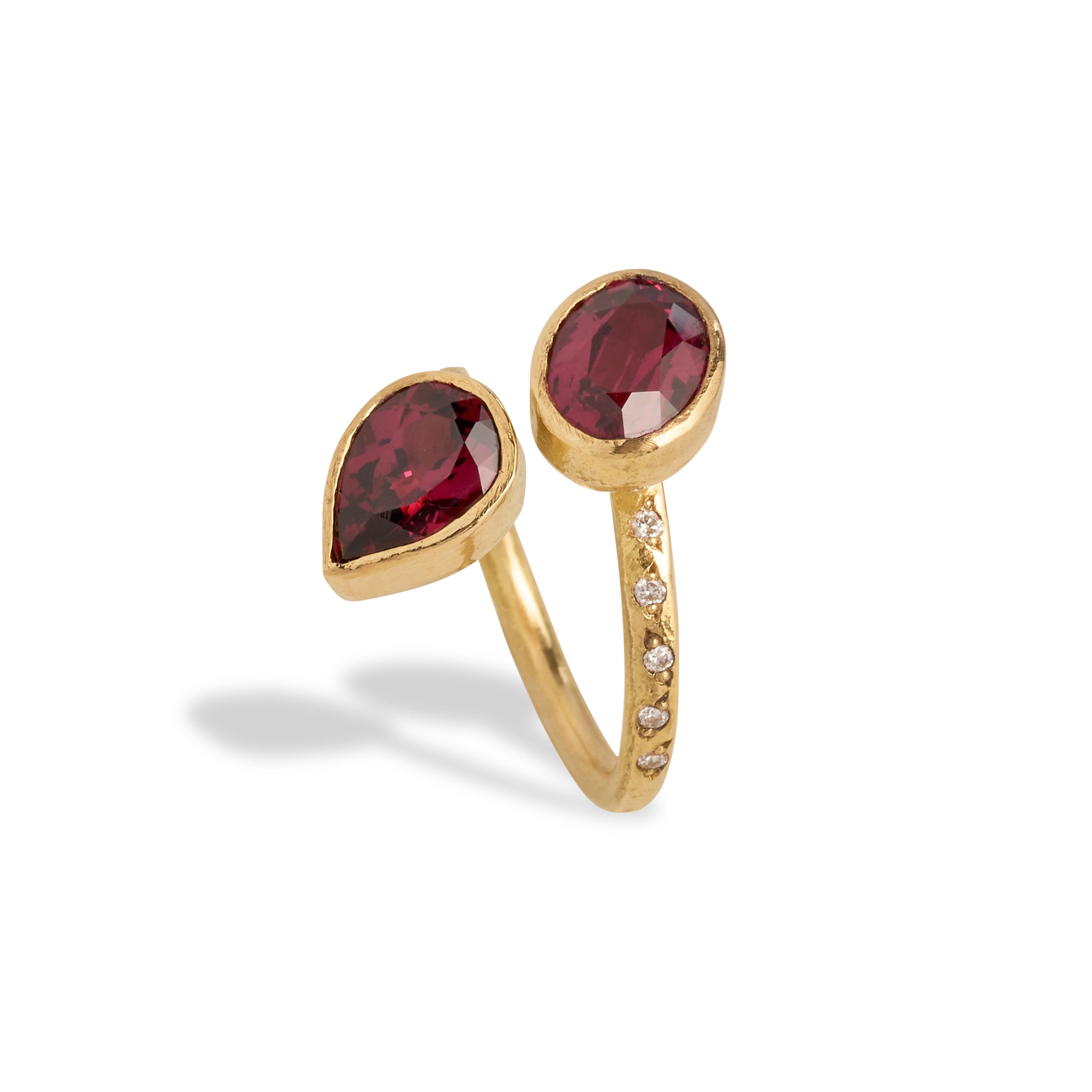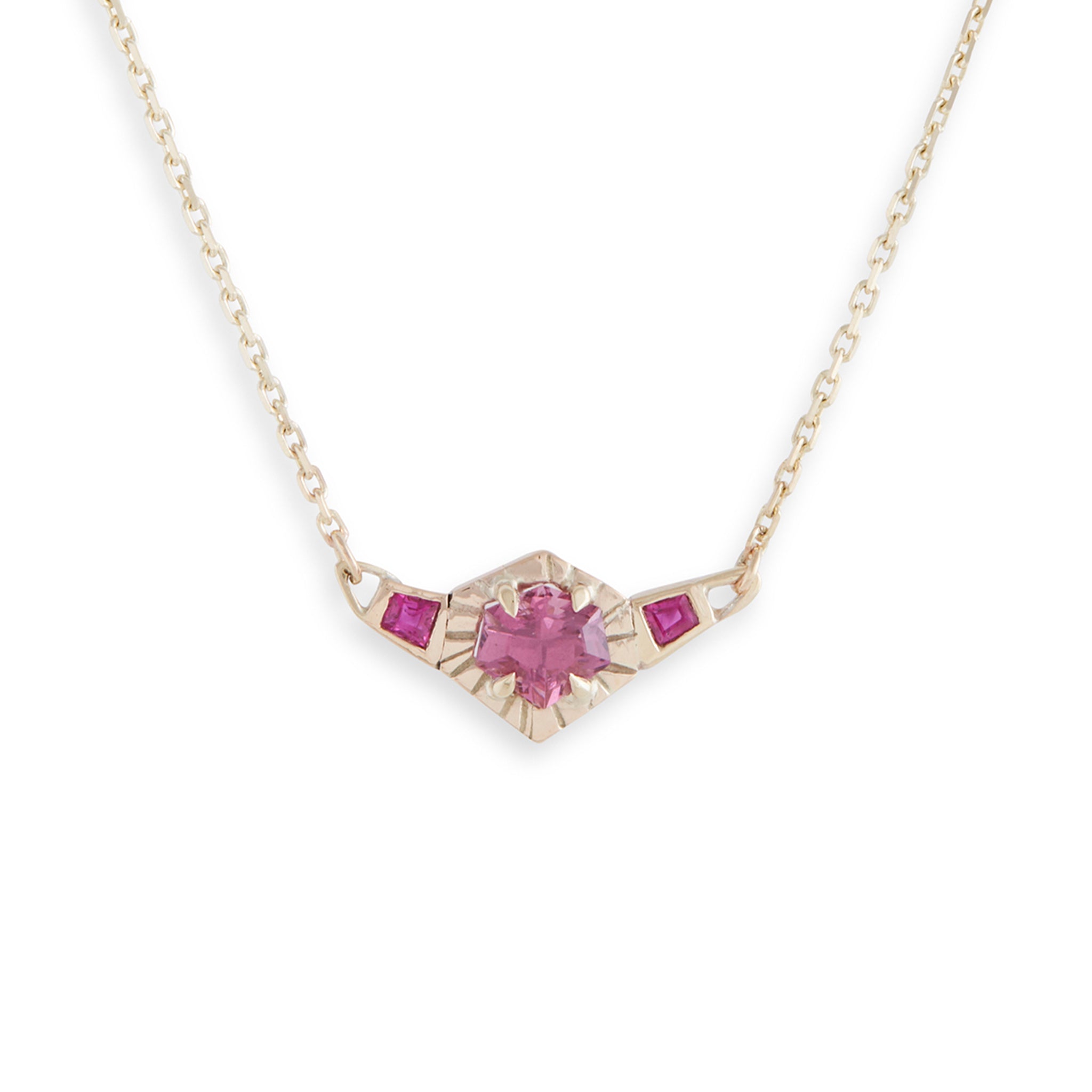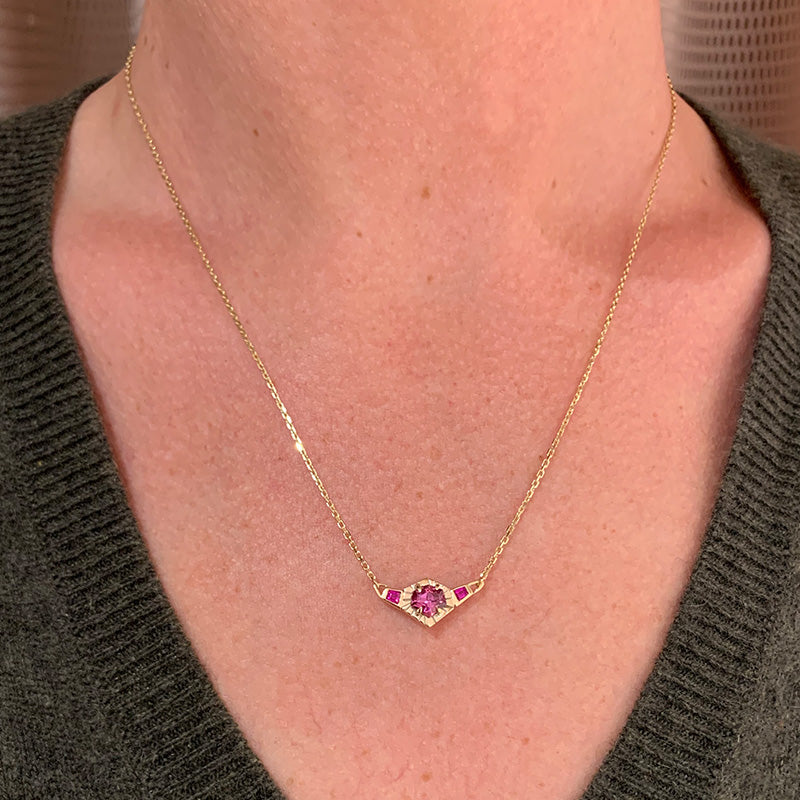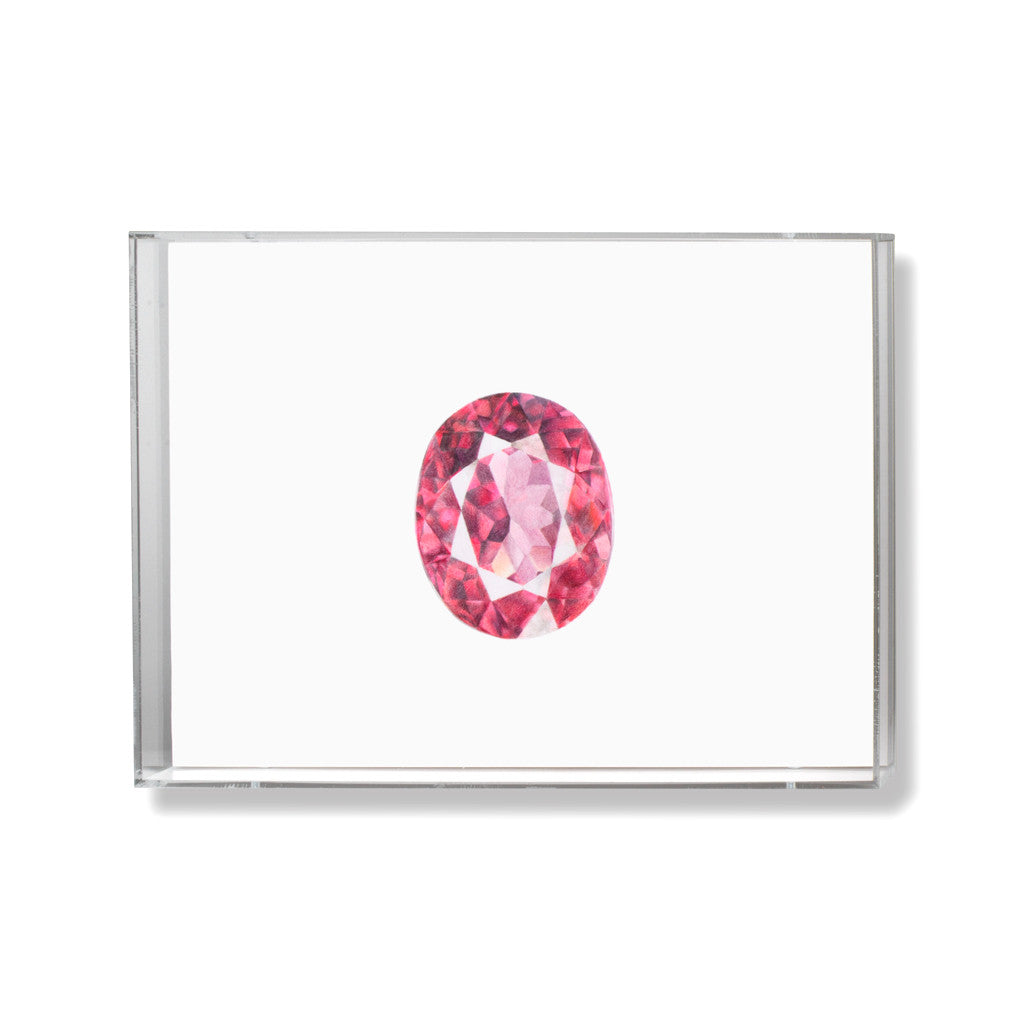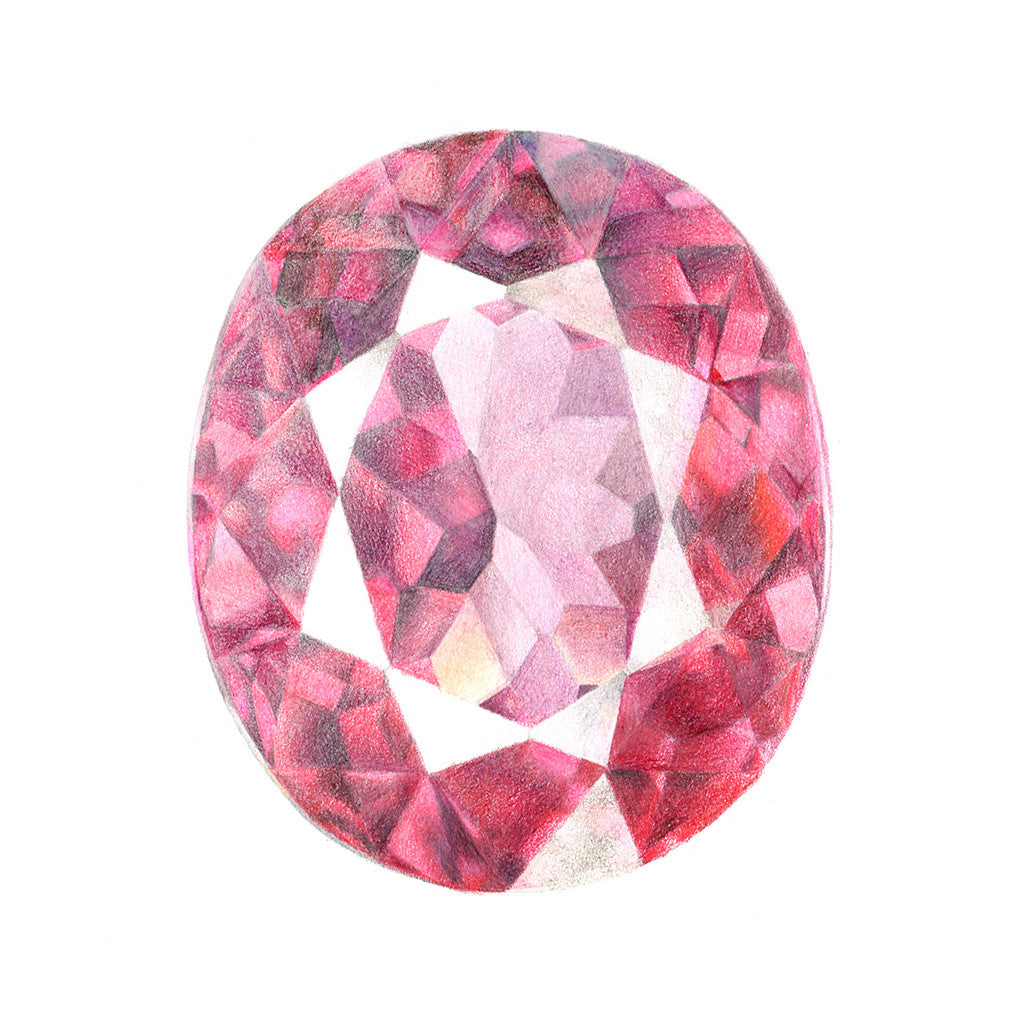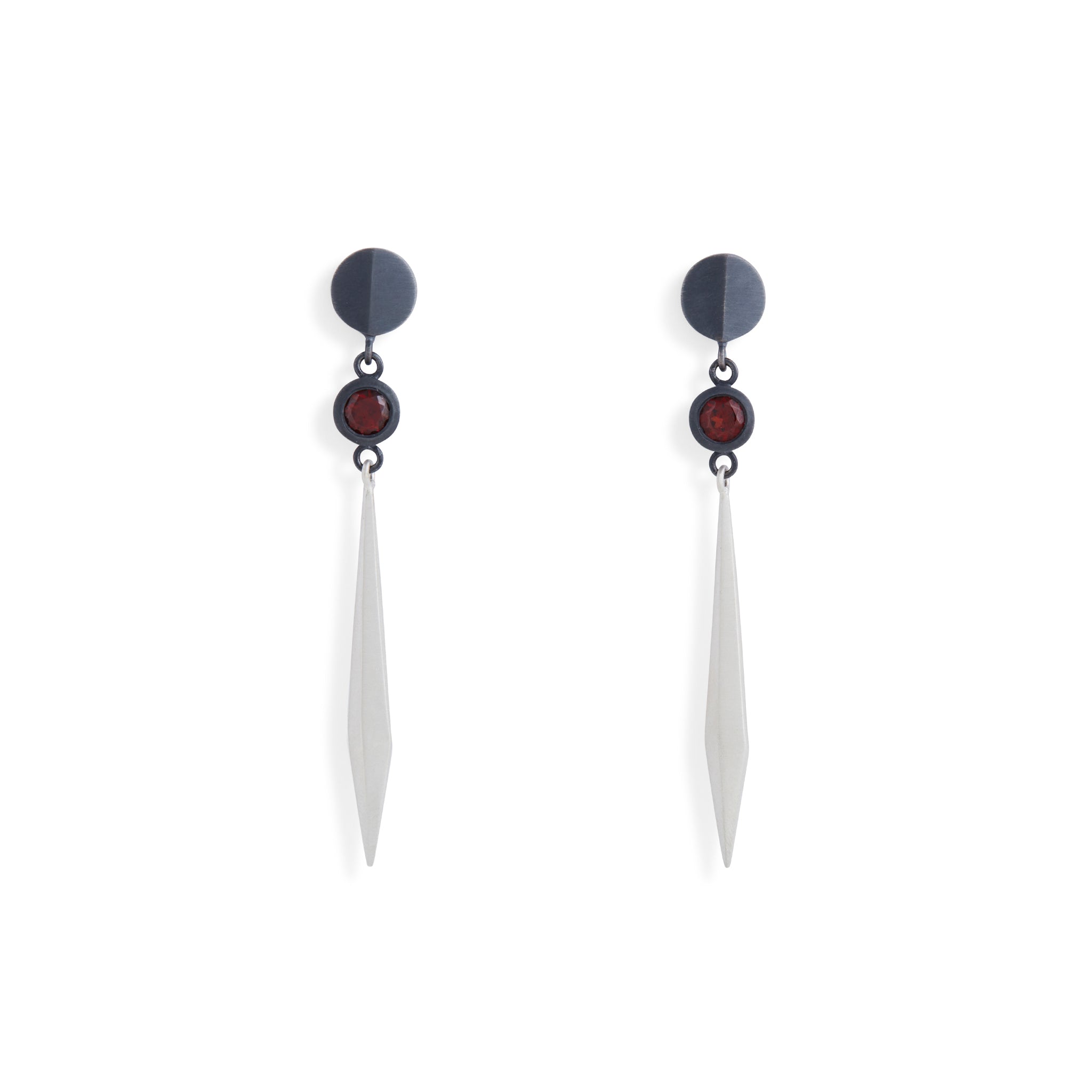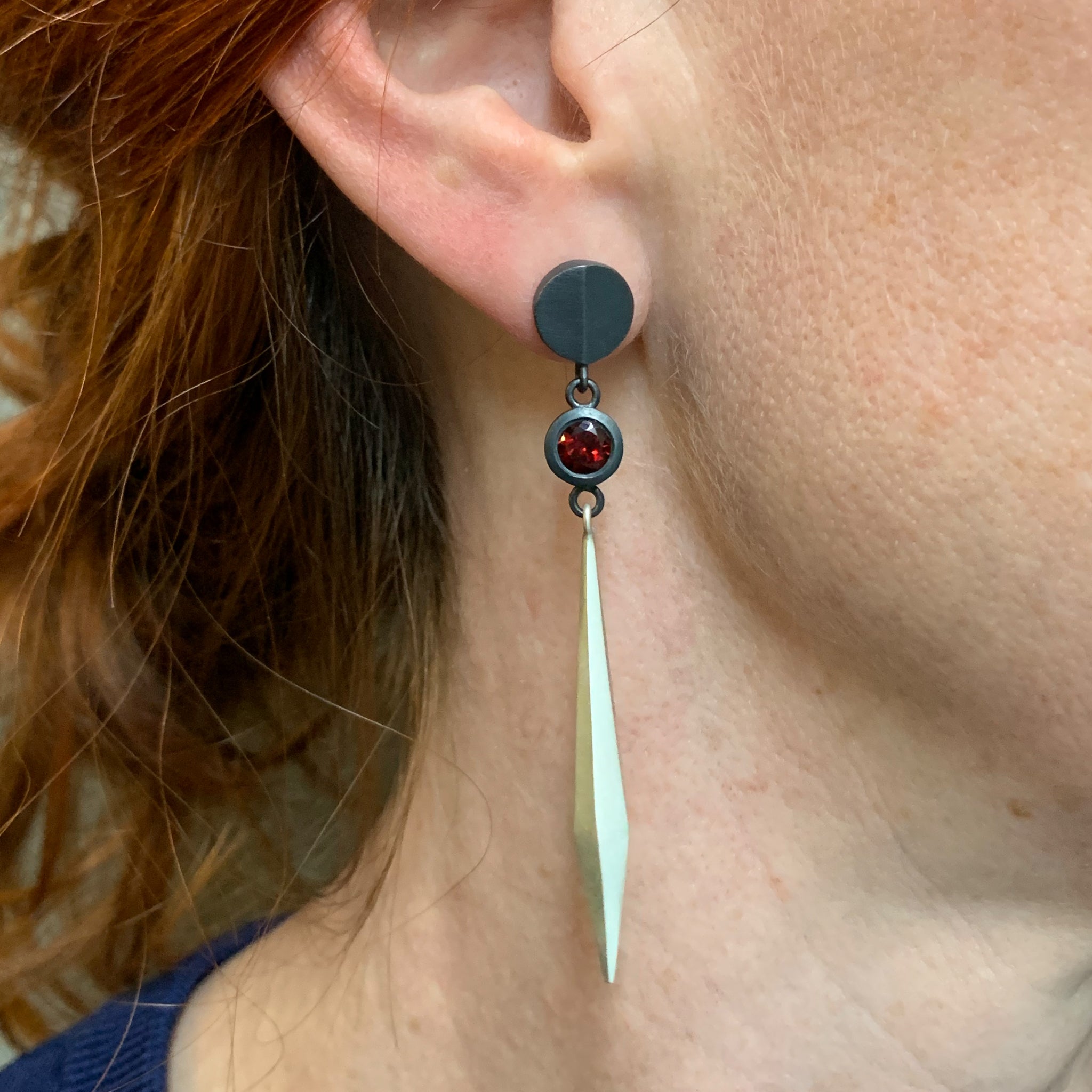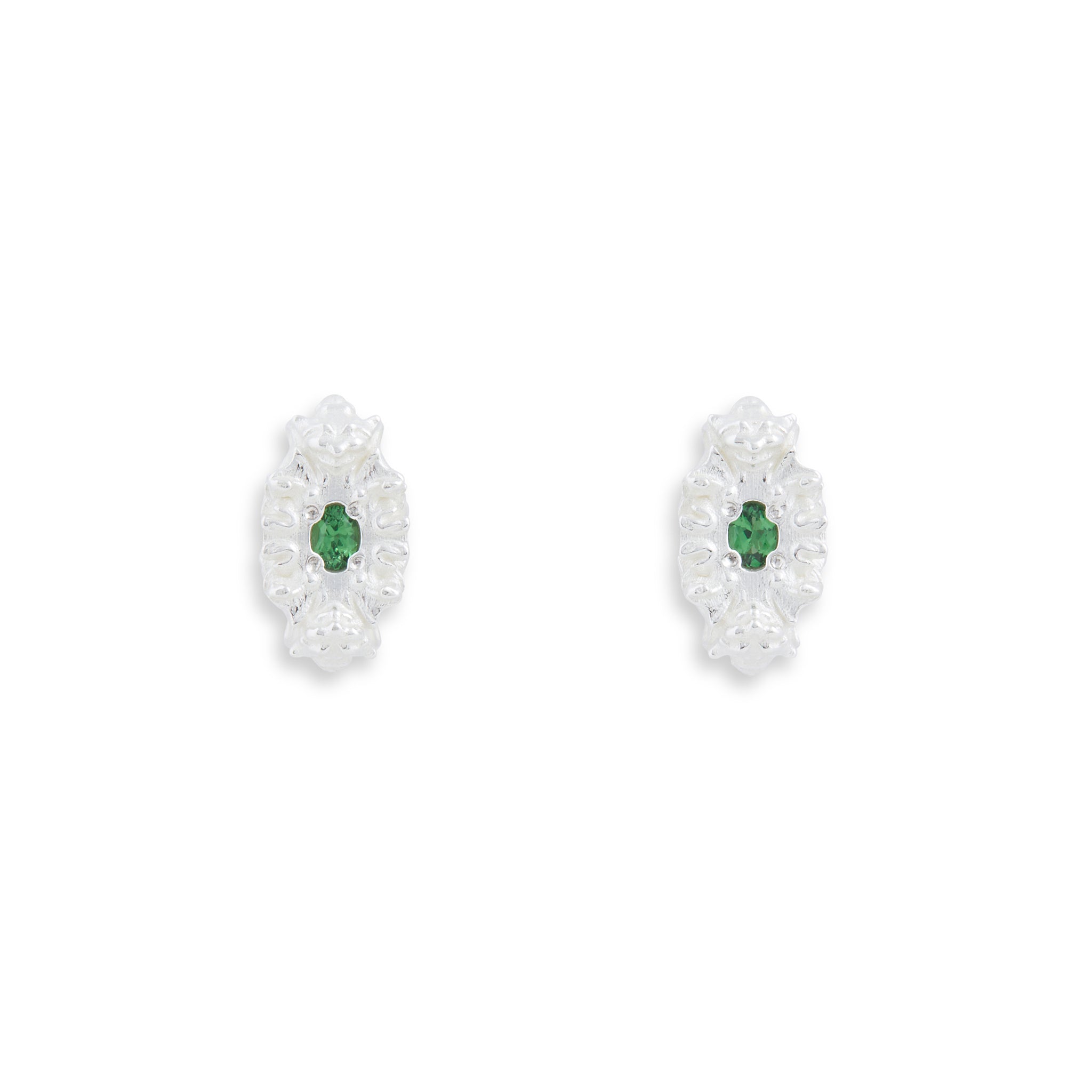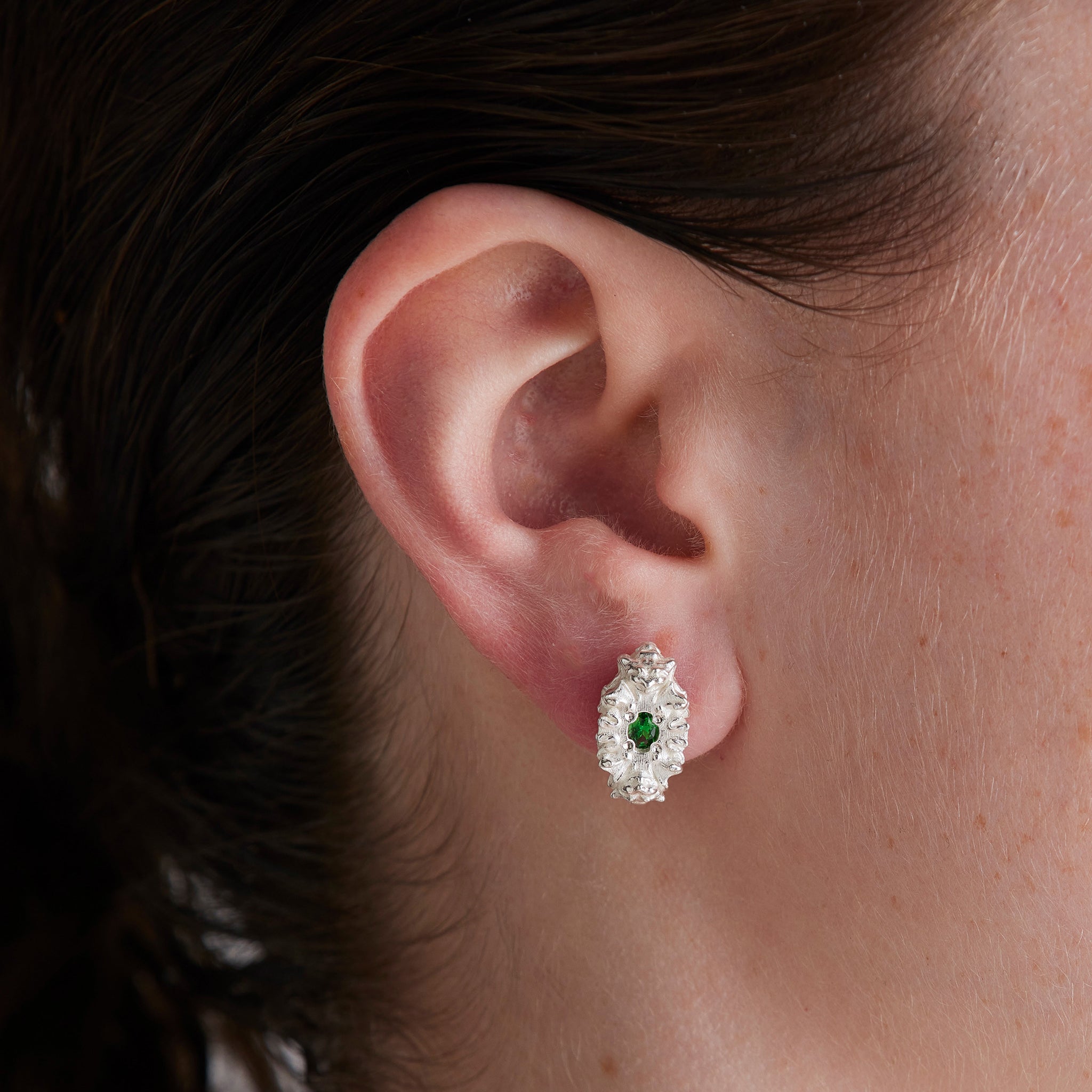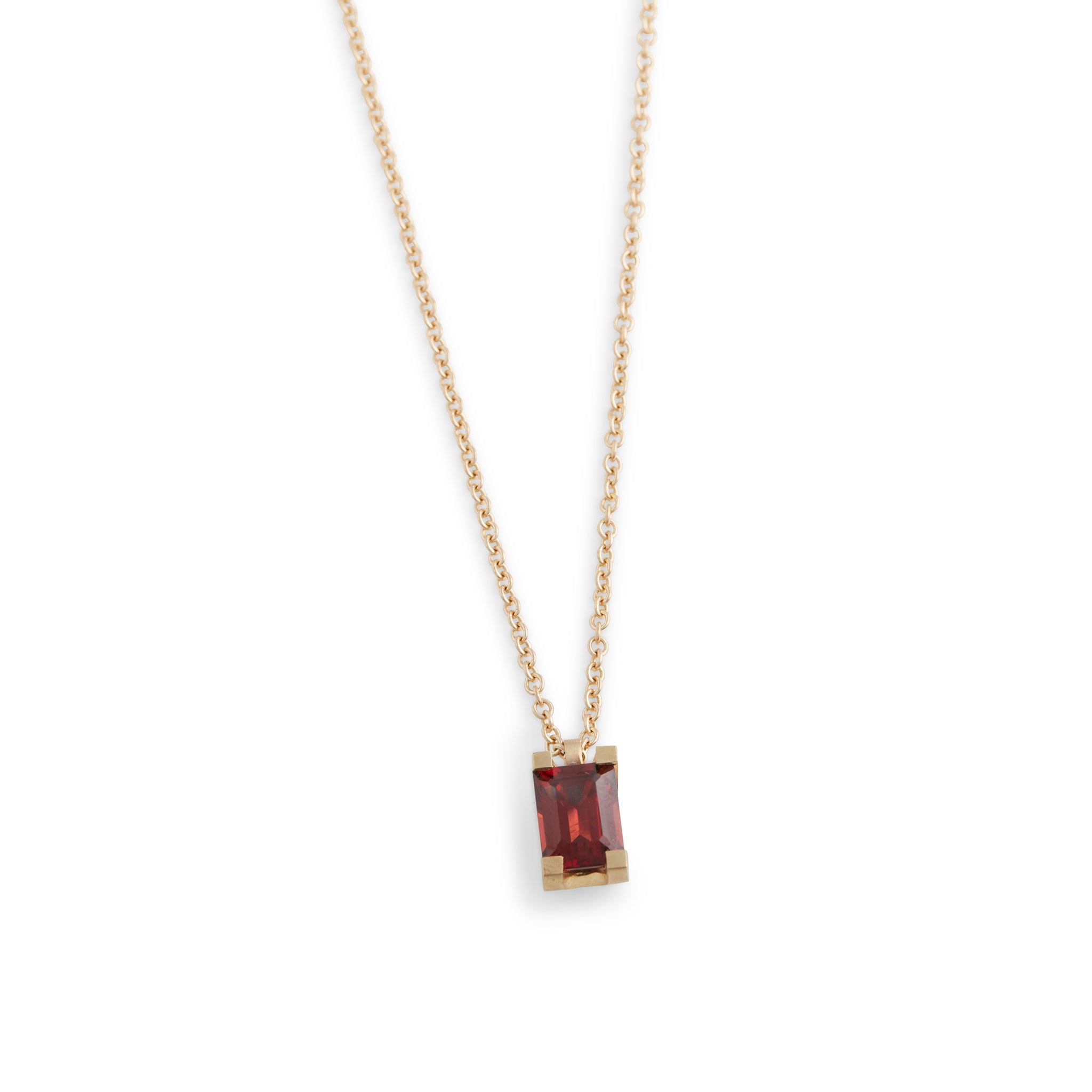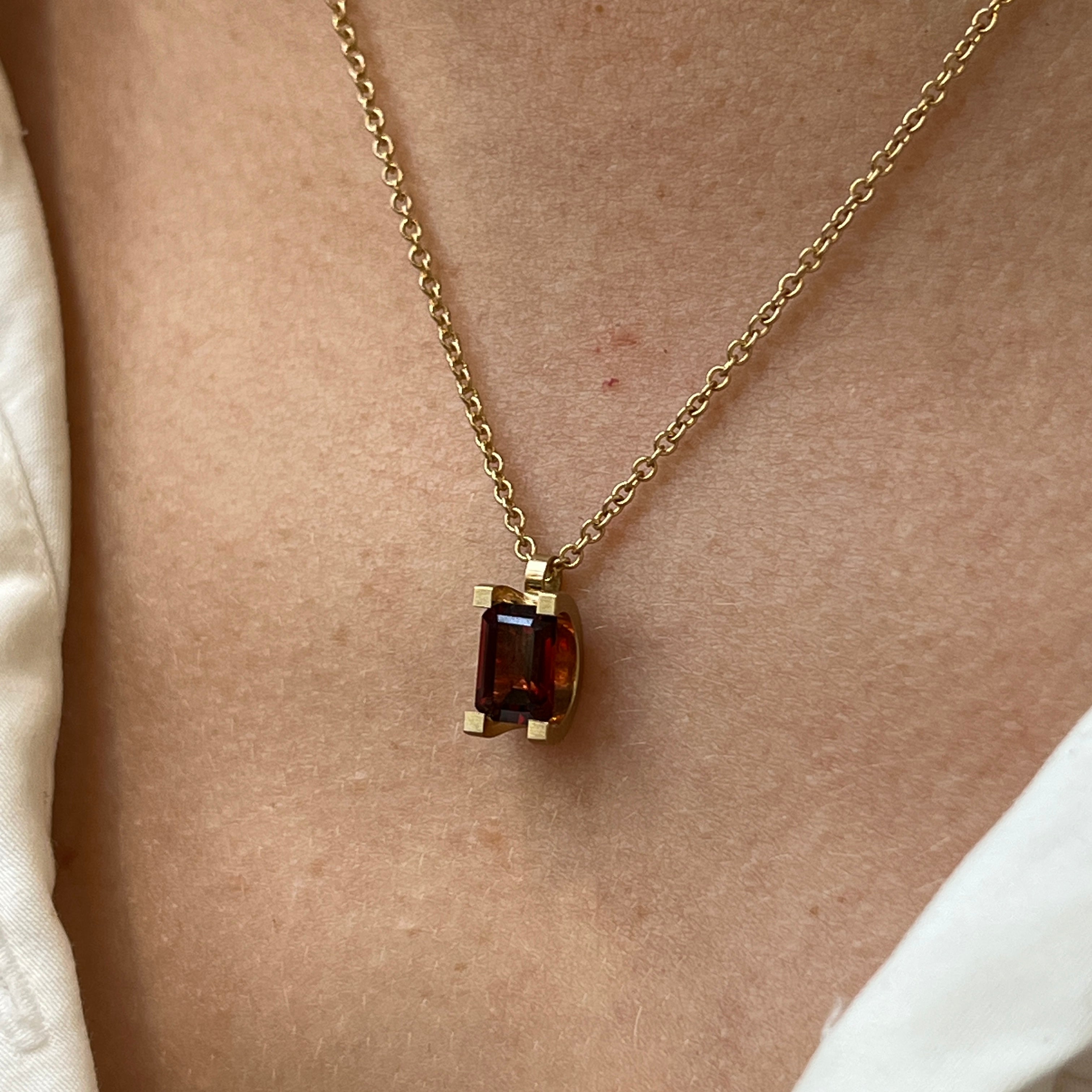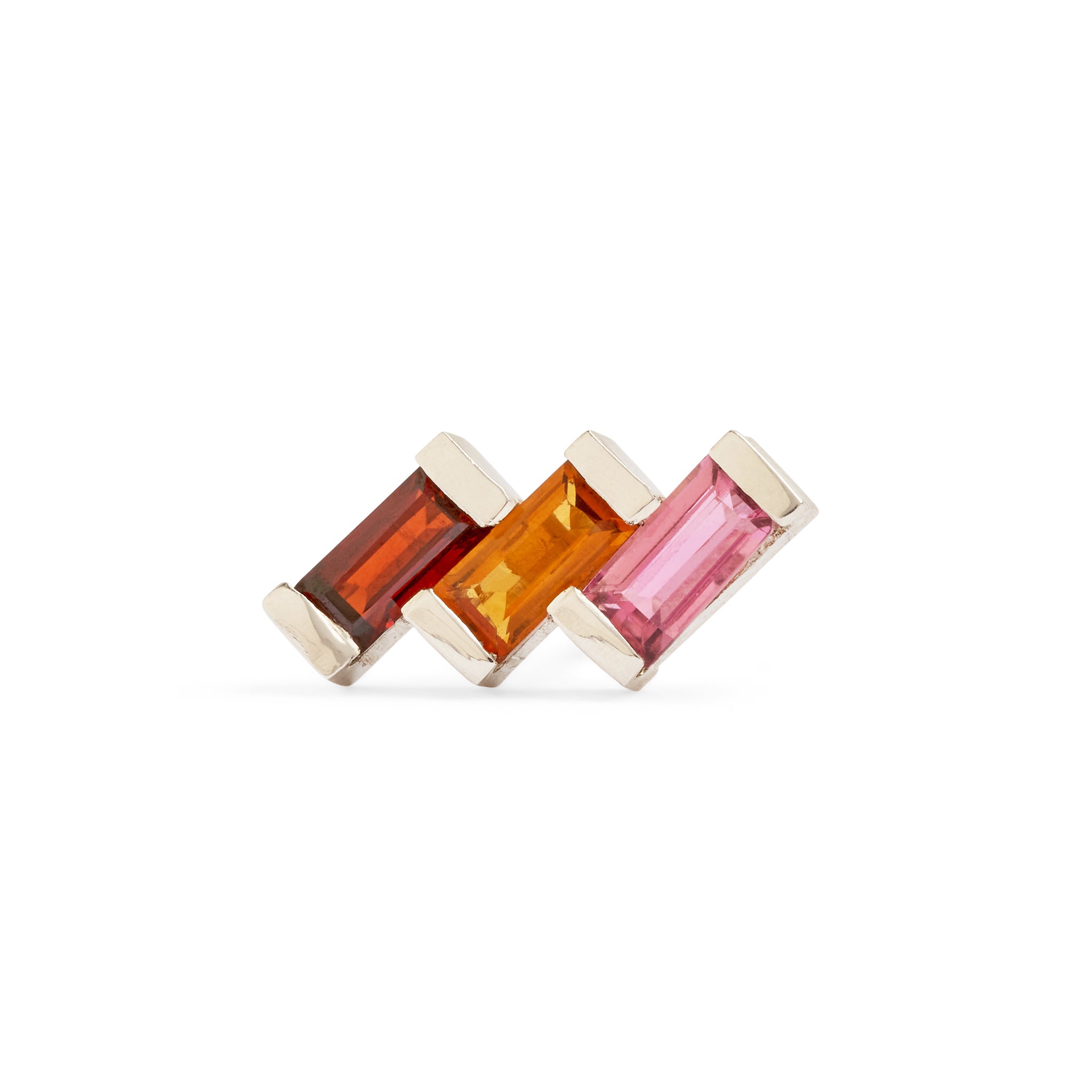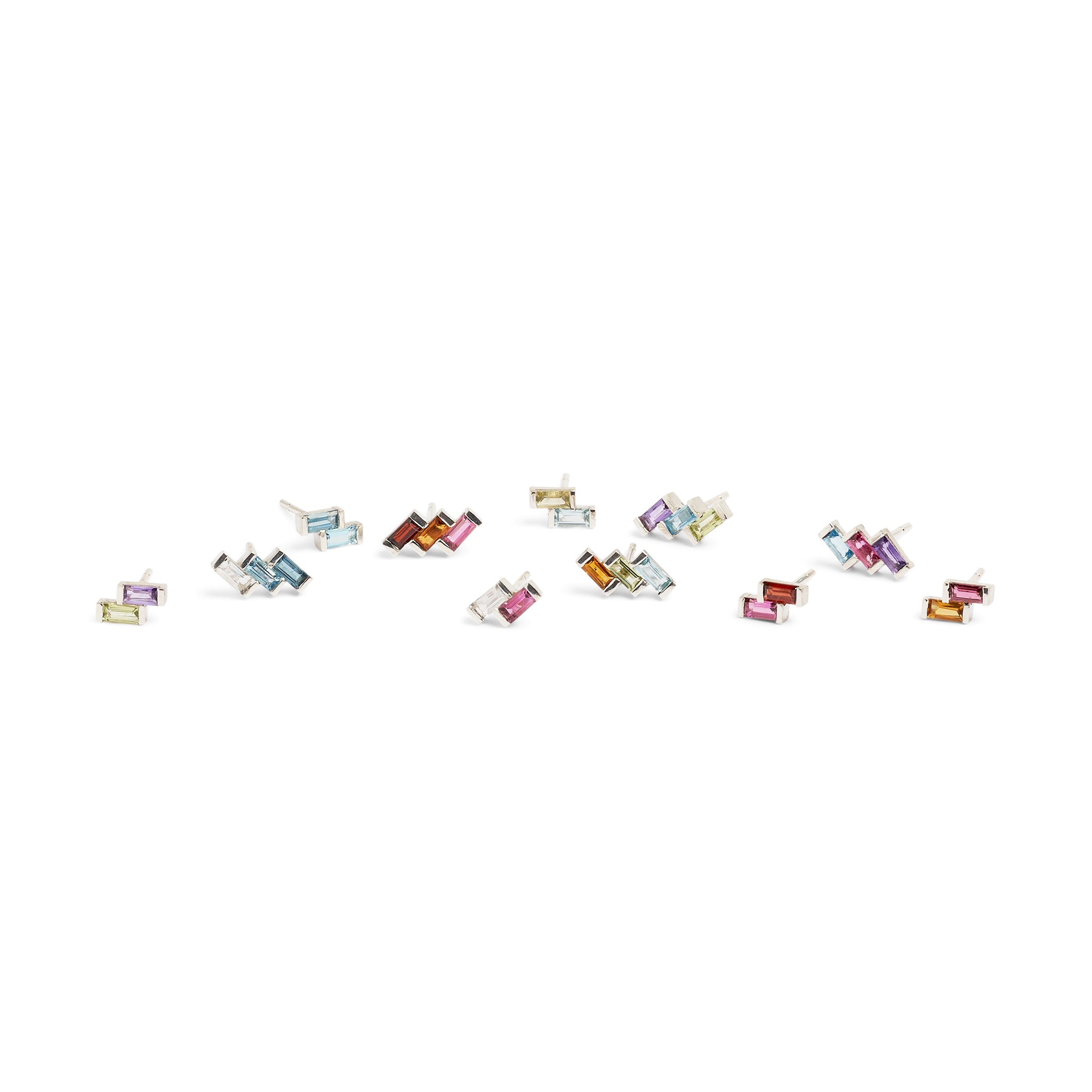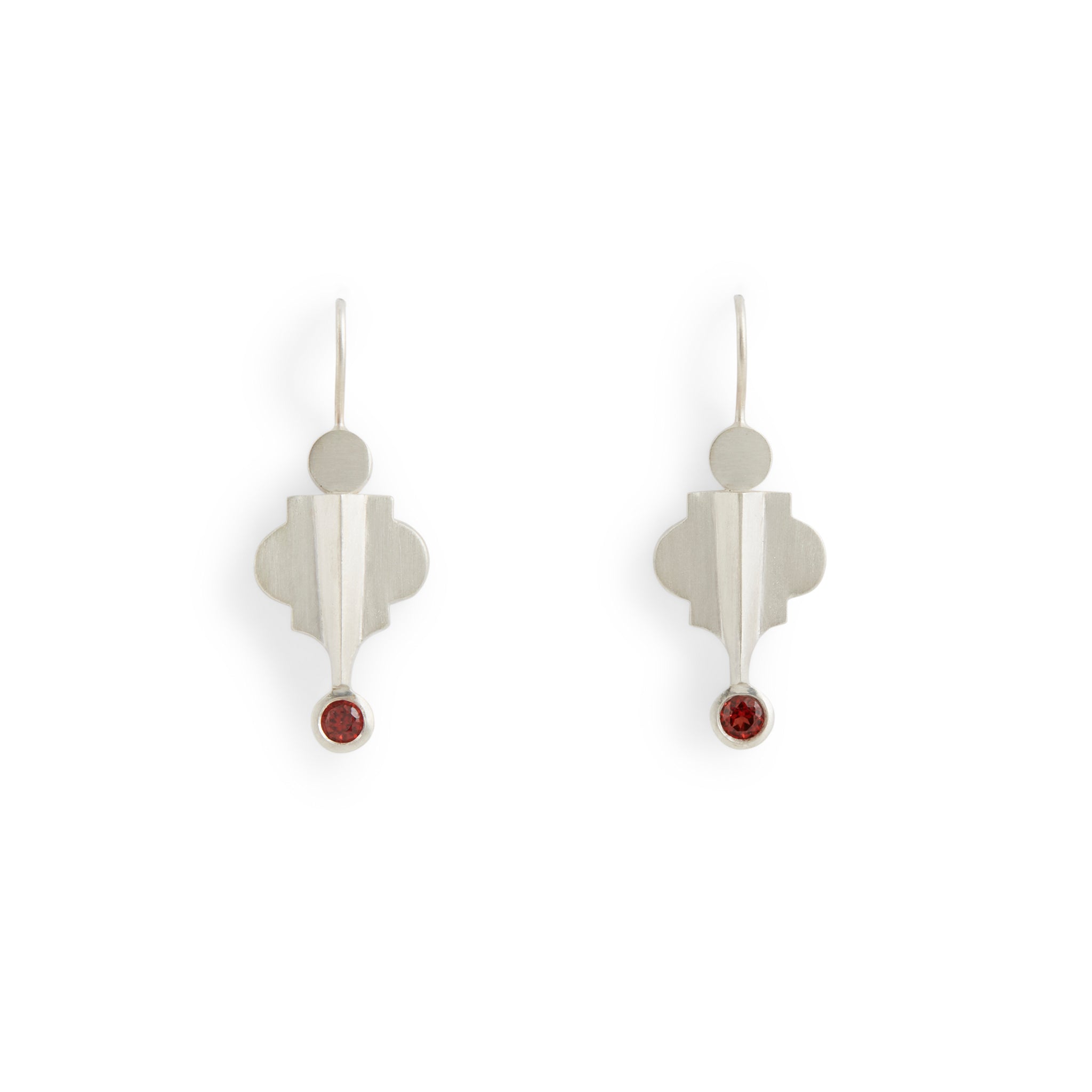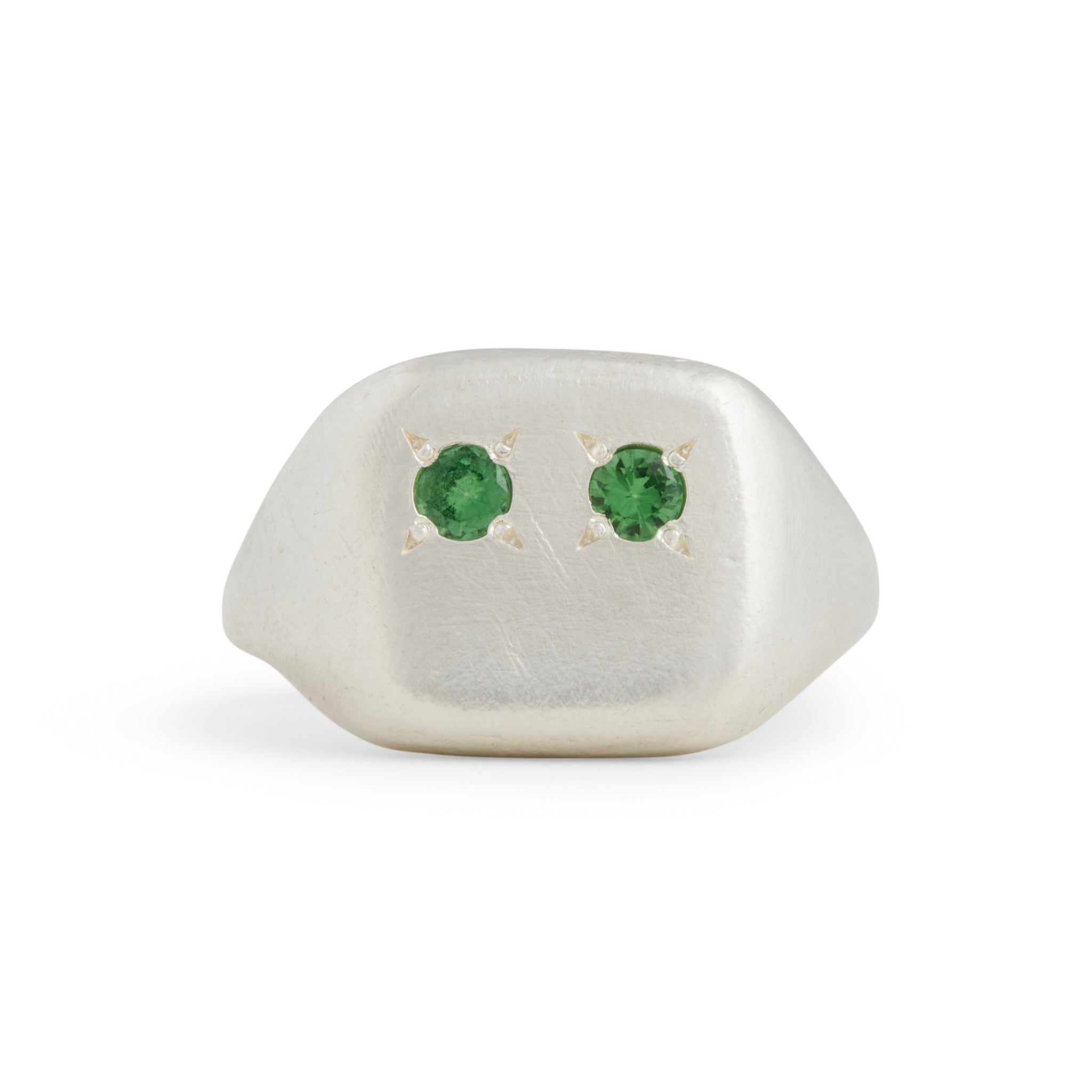The name garnet comes from the Latin word 'garantus' meaning grain, in reference to the pomegranate fruit with it's jewel-like seeds. The garnet has been a popular gem throughout history, reaching back to the Bronze Age.
- Mineral/Garnet
- Colour/All colours
- Moh's Hardness/6.5 - 7.5
- Birthstone/January
- Anniversary/2nd
GRADING
The term garnet refers to the whole family of minerals that come in a wide array of colours and varieties. Red is the most well known colour but they also are found in green, orange, pinkish oranges, purplish red and even some blues. While red is abundant, other colours are quite rare and this reflects in their price.
All garnets have essentially the same crystal structure but their chemistry varies, hence the change in colour. Demantoid is a rare and famous green garnet, spessartine is orange in colour while rhodolite is purple-red. Some garnets can colour-change which adds to their value and rarity. Many garnets are chemically a mix of two or more from the garnet family.
HISTORY
The garnet has one of the longest histories of any gemstone. Being so durable, it has been found in Bronze Age burial sites in Bohemia (Western Czech Republic) and was also used as an abrasive. The Egyptians prized garnets for jewellery, with a garnet necklace found in a grave dating back to 3800 BC. Garnet is a key mineral in interpreting the genesis of many igneous and metamorphic rocks, allowing geologists to learn from the temperature time histories of the rocks in which they grew.
Garnet was used as a talisman for warriors going into battle and also as protection against sickness and the plague. Some ancient healers and medicine men were noted to place garnets in wounds due to its perceived healing properties. In ancient Rome, garnets were often featured in signet rings and they were favoured by nobility in the Middle Ages. The Victorians loved garnets and they were often used in jewellery, much of the supply at this time coming from Bohemia.
Andarite, a bright green garnet also known as demantoid, was discovered in the Ural Mountains of Russia in 1853, quickly making quite the sensation. More recently, the last quarter of the 20th century has seen new varieties of garnet found in Africa and in 2007, a new variety of orange ‘Fanta’ spessartine garnet was found in Tanzania.
CARE
In terms of hardness, garnets range from 6.5 to 7.5 on the Moh's scale. Almandine, pyrope, spessartine, and tsavorite are on the harder side while demantoid is a bit softer. They have a fair to good toughness making them suitable for most types of jewellery but hard knocks must be avoided. To clean, soak in warm soapy water and use a soft toothbrush to dislodge any dirt and grime. Dry with a soft cloth.



